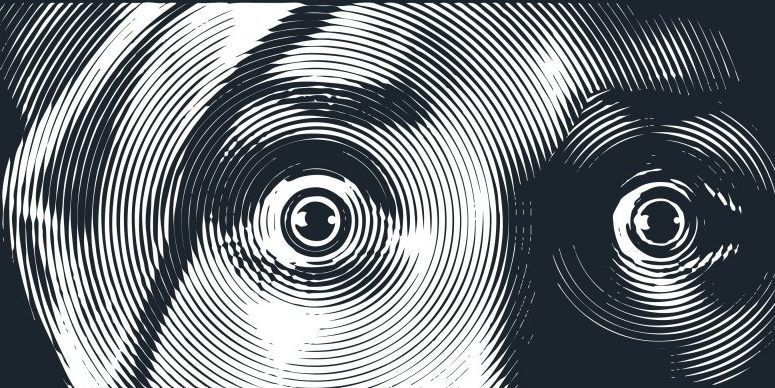Fear & Phobias
Since fear is unpleasant, it motivates us to avoid environmental threats, injuries, or undesirable feelings in social situations such as guilt or shame. Fear has its evolutionary advantages, of course; ‘’Our ancestors who experienced fear in response to dangerous animals or sick family members, for example, were more likely to survive than those who did not‘’ – (Russell, Masley, & Andrews, 2015).
Many people experience a particular type of excess fear, commonly referred to as a phobia. A phobia is an immediate, fearful, and anxious reaction to a particular object or situation, while there is no actual danger to the person. It’s also worth noting that approximately 75% of individuals with a specific phobia are afraid of more than one situation or object. Phobias may be situational (ex. Fear of flying in an airplane), related to the natural environment (ex. Fear of heights), animal-specific phobias (ex. Fear of cockroaches), or fear in response to blood, injury, or injections (American Psychiatric Association, 2013).
While many individuals manage these phobias for long periods of time, they may at some point become increasingly disruptive in their lives. It is that distress which often motivates us to seek help to better our quality of living.
Understanding a Phobia
‘Defence mechanisms’ are unconscious processes that help the person to reduce anxiety when faced with what is unacceptable or potentially harmful. One kind of defence mechanism is called ‘projection’. This usually understood as the attribution of unacceptable personal characteristic onto external objects, persons, or situations. This means that certain parts of ourselves would be ‘disowned’ and placed onto something external. For example, if I get extremely irritated and angered by loud people, it might be that I am projecting my own ‘unacceptable characteristic’ onto them, and am not on good terms with a louder and perhaps more attention-attracting side of myself. An individual who experiences claustrophobia (the extreme fear of confined spaces), might be finding a perceived loss of freedom to be unbearable within themselves. Gestalt Therapy provides a safe and supportive space to start processing a wider understanding of the phobia thanks to experiential learning and gaining self-support (Martinez, 2002).
Exploration
The concept of experientially reframing the phobic reaction overlaps with Cognitive Behavioral Therapy’s approach of exposure therapy in significant ways, although the techniques used in Gestalt therapy differ. In Gestalt therapy, me and the therapist could explore the phobic object/situation, my reaction to it, and find out more clearly what I experience as unbearable about the phobic object/situation. The therapeutic process is gradual as I would first need to gain the necessary support before being able to confront the imagined phobic object or situation. Eventually I would be able to identify with certain aspects of the phobic stimulus itself, to start ‘re-owning’ what unbearable feelings have been disowned, while being supported enough to do so. Through experiential learning, the client can start to gradually experience the phobic stimulus differently once the necessary support and awareness are gained. Therapy provides a safe and supportive process to re-conceptualize the encounter with the phobic object/situation (Martinez, 2002).
While therapy still holds a certain stigma to many individuals, it is an opportunity to change your relationship with what you’re afraid of, for the better.
Amber Tabone practices Gestalt Psychotherapy with individuals and couples at Willingness. While currently reading for a Master’s in Psychotherapy, she has developed an interest in working with relationships, gender, and sexuality thanks to her experience with families and domestic violence issues.
References:
American Psychiatric Association. (2013). Diagnostic and statistical manual of mental disorders (5th ed.). Arlington.
Martinez, M. (2002). Effectiveness of Operationalized Gestalt Therapy Role-Playing in the Treatment of Phobic Behaviours. Gestalt Review. Retrieved 8 20, 2020, from https://www.jstor.org/stable/10.5325/gestaltreview.6.2.0148?seq=1
Russell, M. J., Masley, M., & Andrews, P. W. (2015). Phobias: The Psychology of Irrational Fears. ABC-CLIO. Retrieved 8 28, 2020, from https://www.researchgate.net/publication/317146461_Role_of_evolution_in_phobias
Salonia, G. (2013). Gestalt Therapy with the Phobic-Obsessive Compulsive Relational Styles. In M. S. Lobb, & G. Francesetti, Gestalt Therapy in Clinical Practice. FrancoAngeli. Retrieved 8 20, 2020

